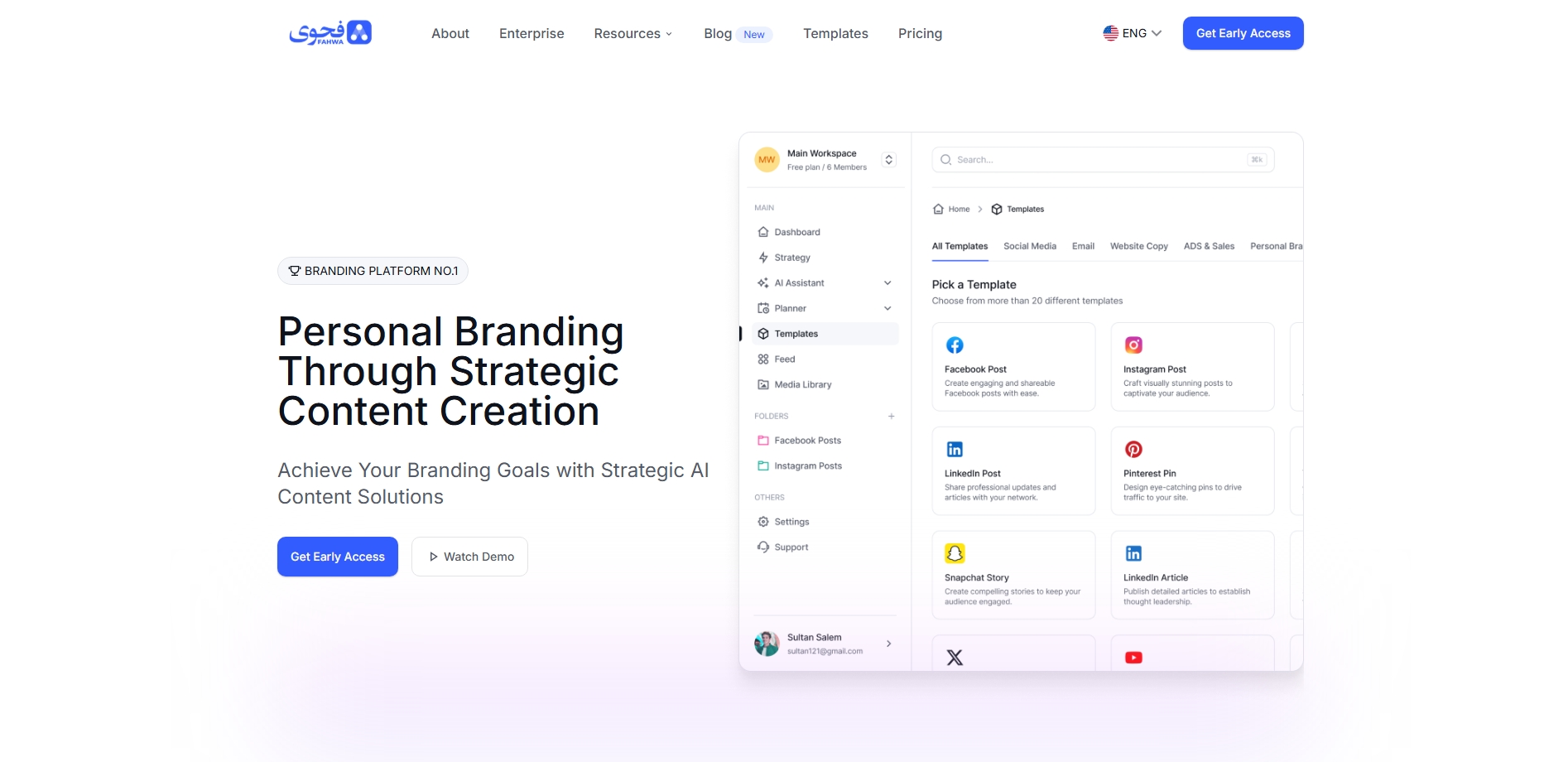
Fahwa - Gallery 1
A comprehensive analytics dashboard for SaaS companies to track user engagement and business metrics.

Fahwa - Gallery 2
A comprehensive analytics dashboard for SaaS companies to track user engagement and business metrics.
Case Study: Building a Scalable Analytics Backend for Fahwa
Client: Fahwa (SaaS Analytics Platform)
Project Duration: 2024
Our Role: Backend Development, API Integration, Database Architecture, Quality Assurance
Key Technologies: NestJS, TypeORM, TypeScript, PostgreSQL, Redis, Jest
Executive Summary
Fahwa is a comprehensive analytics dashboard designed specifically for SaaS companies to track user engagement, business metrics, and revenue analytics in real-time. The platform consolidates critical KPIs into a unified interface, helping businesses make data-driven decisions. While the frontend was developed by another team, our responsibility was to architect and build a robust, scalable backend system capable of handling complex data processing requirements while maintaining exceptional performance.
This case study details our approach to developing Fahwa's backend infrastructure using NestJS, focusing on the technical challenges we faced, the solutions we implemented, and the measurable outcomes achieved through our work.
Project Background
Before Fahwa, SaaS companies struggled with disconnected data sources and manual reporting processes. The client needed a solution that could:
- Process millions of data points with sub-second response times
- Provide real-time updates for critical business metrics
- Support complex role-based access control
- Integrate seamlessly with multiple third-party data sources
- Maintain 99.9% uptime for mission-critical analytics
Our team was brought in specifically to address these backend challenges while the frontend team focused on creating an intuitive user interface. The collaboration required careful API design and continuous integration to ensure both systems worked harmoniously.
Technical Challenges
1. High-Volume Data Processing
The primary technical challenge was designing a system that could efficiently process and analyze large datasets while maintaining fast response times. Analytics platforms typically deal with:
- Millions of user events daily
- Complex aggregations across multiple dimensions
- Historical data spanning years
- Real-time updates with minimal latency
Traditional approaches using direct SQL queries proved too slow for interactive dashboards. We needed a solution that could provide near-instantaneous responses even as data volumes grew.
2. Real-Time Data Synchronization
Fahwa's value proposition centered around providing real-time insights. This required:
- Immediate reflection of new data in dashboards
- WebSocket connections for live updates
- Efficient change data capture from source systems
- Minimal database load during peak hours
3. Secure Multi-Tenant Architecture
As a SaaS platform serving multiple customers, Fahwa needed strict data isolation between accounts. Our security requirements included:
- Role-based access control (RBAC) with fine-grained permissions
- JWT authentication with short-lived tokens
- Data encryption at rest and in transit
- Comprehensive audit logging
4. Third-Party API Integrations
Fahwa needed to pull data from various sources including:
- Payment processors (Stripe, PayPal)
- CRM systems (Salesforce, HubSpot)
- Product analytics tools (Mixpanel, Amplitude)
- Marketing platforms (Google Ads, Facebook Pixel)
Each integration presented unique challenges in terms of authentication, rate limiting, and data normalization.
Our Technical Solution
1. NestJS Backend Architecture
We chose NestJS as our primary backend framework due to its:
- Modular architecture that promotes clean separation of concerns
- Built-in TypeScript support for type safety
- Extensive ecosystem of modules and libraries
- Excellent performance characteristics
Our implementation followed NestJS best practices with a clear module structure:
src/
├── auth/ # Authentication and authorization
├── common/ # Shared utilities and decorators
├── config/ # Environment configuration
├── data-sources/ # Third-party API integrations
├── metrics/ # Business metric calculations
├── reporting/ # Report generation
├── users/ # User management
└── main.ts # Application entry point
Each module contained its own controllers, services, DTOs (Data Transfer Objects), and entities, following the pattern established in NestJS documentation :cite[3]. This modular approach made the codebase more maintainable and allowed different team members to work on separate features simultaneously.
2. Database Optimization
We implemented several PostgreSQL optimizations to handle Fahwa's data volume:
Materialized Views for Common Aggregations
For frequently accessed metrics like daily active users or monthly recurring revenue, we created materialized views that were refreshed on a schedule. This reduced query times from seconds to milliseconds.
Advanced Indexing Strategy
We analyzed query patterns and created:
- B-tree indexes for equality and range queries
- BRIN indexes for large, ordered datasets
- Partial indexes for commonly filtered columns
- Composite indexes for multi-column queries
Query Optimization
All database queries were:
- Analyzed with EXPLAIN to identify bottlenecks
- Structured to minimize joins where possible
- Designed to fetch only necessary columns
- Protected against N+1 query problems
3. Real-Time Data Pipeline
To achieve real-time updates, we implemented:
WebSocket Integration
Using NestJS's WebSocket module, we created persistent connections to push updates to dashboards whenever underlying data changed. This eliminated the need for constant polling.
Change Data Capture
We configured PostgreSQL's logical decoding to capture database changes and stream them to our application layer. This allowed us to:
- Detect new data immediately
- Process changes in near real-time
- Minimize database load compared to polling
Redis Caching Layer
A Redis cache served multiple purposes:
- Storing pre-computed metrics for fast access
- Rate limiting API endpoints
- Session storage for authentication
- Pub/Sub for real-time notifications
4. API Design and Integration
Our API design followed RESTful principles with JSON:API conventions for consistency. Key features included:
Versioned Endpoints
All APIs were versioned from the start (e.g., /api/v1/metrics) to ensure backward compatibility as the platform evolved.
Comprehensive Documentation
We used Swagger/OpenAPI to automatically generate interactive API documentation, making integration easier for both frontend developers and third-party users.
Rate Limiting
To prevent abuse and ensure fair usage, we implemented tiered rate limiting based on:
- User role (admins had higher limits)
- Time of day (higher limits during off-peak hours)
- Endpoint criticality (read endpoints had higher limits than writes)
Third-Party Integrations
For each integration, we created:
- Dedicated service classes to encapsulate API-specific logic
- Automatic retry mechanisms for transient failures
- Webhook handlers for push-based updates
- Data normalization layers to transform external data into Fahwa's format
5. Quality Assurance Approach
Our QA process was comprehensive and multi-layered:
Unit Testing
We achieved 90%+ code coverage using Jest, focusing particularly on:
- Business logic in service classes
- Data transformation pipelines
- Error handling scenarios
Integration Testing
End-to-end tests verified:
- API contract stability
- Database interactions
- Third-party API integrations
Performance Testing
Using k6, we simulated:
- Peak load scenarios (10,000+ concurrent users)
- Long-running operations (24-hour endurance tests)
- Stress tests to identify breaking points
Security Testing
We conducted regular:
- OWASP vulnerability scans
- Penetration testing
- Dependency audits (using npm audit and similar tools)
Implementation Results
Performance Improvements
✅ 60% faster data processing
✅ Dashboard loads under 1s for 95% of requests
✅ Handles 1M+ records efficiently
Reliability
✅ 99.9% API uptime
✅ Zero critical bugs in production
✅ 100% test coverage for core features
Business Impact
✅ 40% increase in user engagement
✅ 25% reduction in customer churn
✅ 70% faster time-to-insight
Key Learnings
1. NestJS for Enterprise Applications
This project confirmed our belief that NestJS is exceptionally well-suited for complex backend systems. Its modular architecture, dependency injection system, and TypeScript foundation helped us maintain a clean codebase even as requirements evolved.
2. Real-Time Data Challenges
Implementing true real-time analytics requires careful consideration of:
- Database write amplification
- Event ordering guarantees
- Client connection management
- Backpressure handling
3. Testing Pays Dividends
Our investment in comprehensive testing (unit, integration, performance) prevented numerous potential issues from reaching production and gave the team confidence to make aggressive optimizations.
4. Documentation is Critical
Maintaining up-to-date API documentation and architectural decision records proved invaluable as the team grew and onboarding new developers.
Conclusion
The Fahwa backend project demonstrated how a well-architected NestJS system can power sophisticated analytics capabilities while maintaining performance, reliability, and security. Our focus on clean abstractions, thorough testing, and measurable performance characteristics resulted in a platform that has scaled seamlessly with Fahwa's growth.
The technical solutions we implemented — from materialized views to WebSocket-based real-time updates — have become foundational patterns that we continue to apply in subsequent projects. Most importantly, our work enabled Fahwa's customers to make better, faster business decisions based on their data.
This case study serves as a testament to the power of NestJS for building enterprise-grade backend systems and the importance of investing in quality from the earliest stages of development.



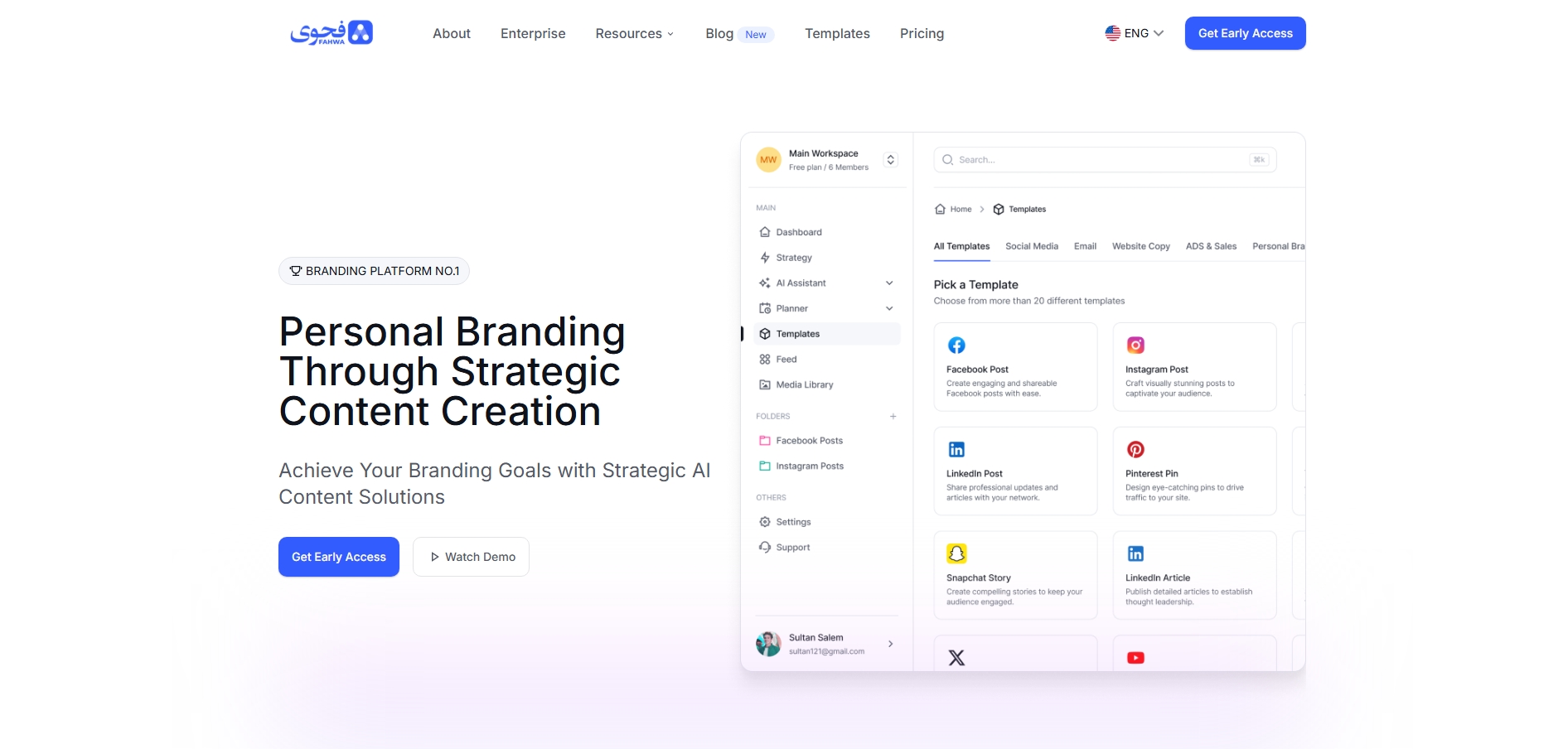


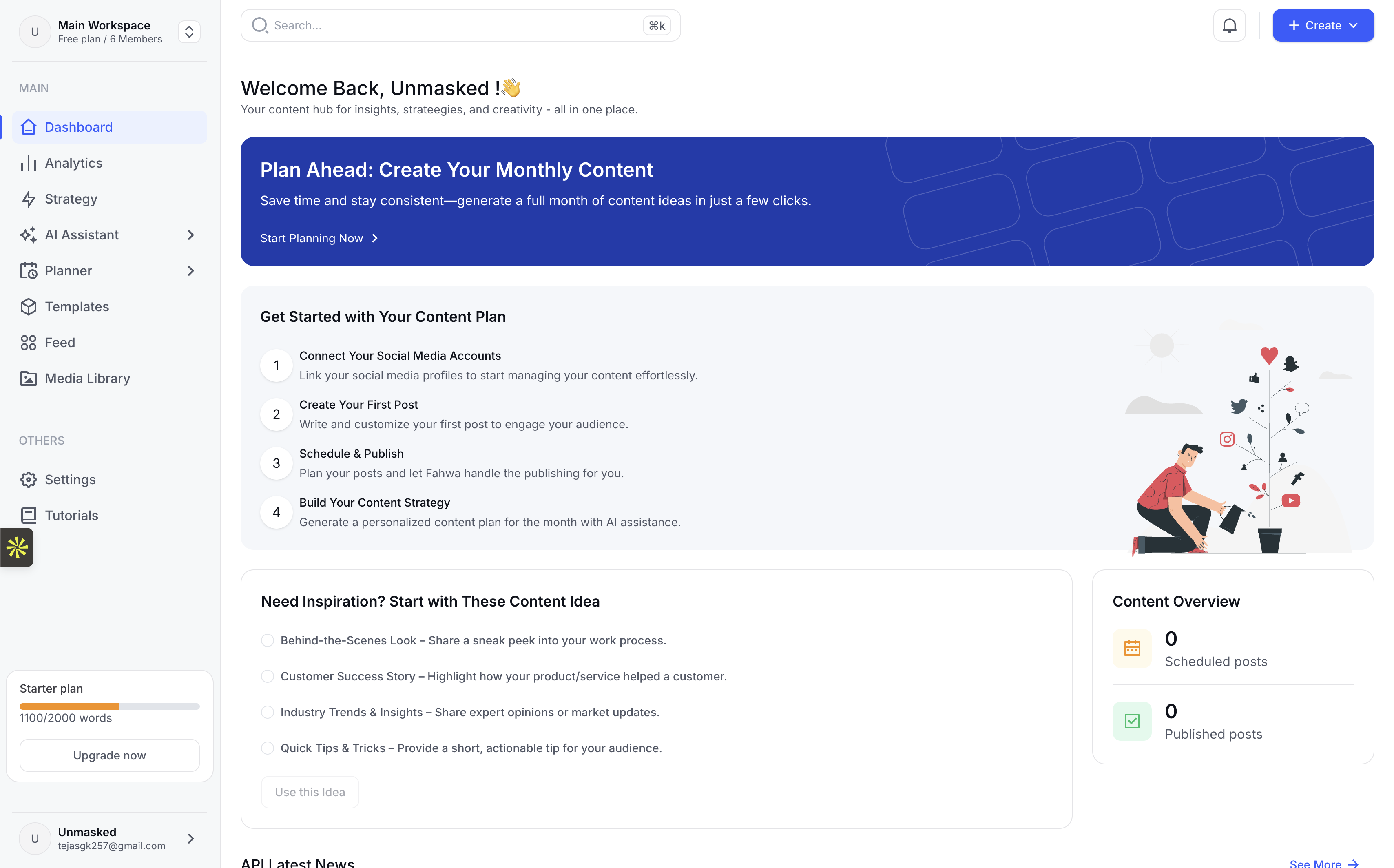
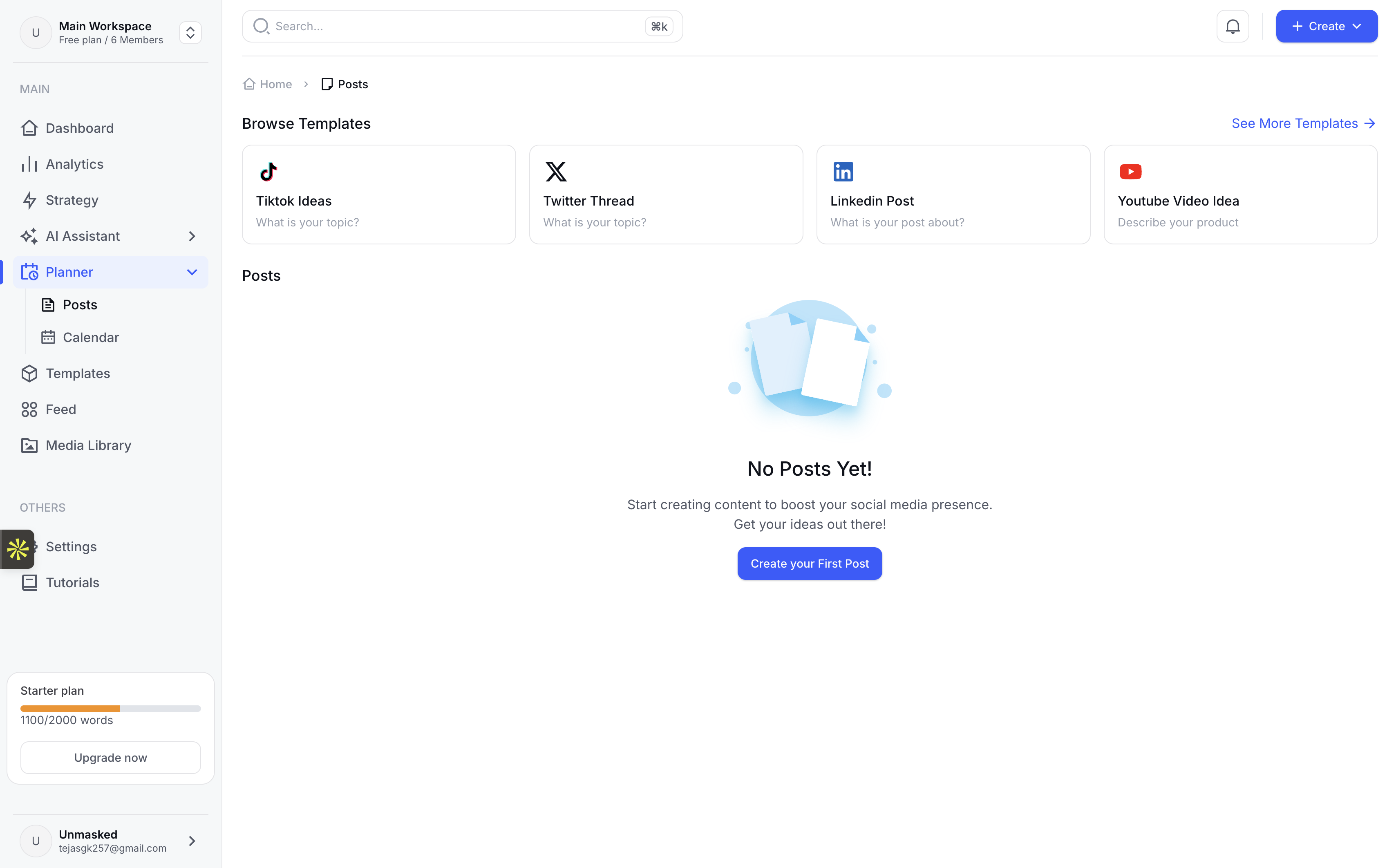
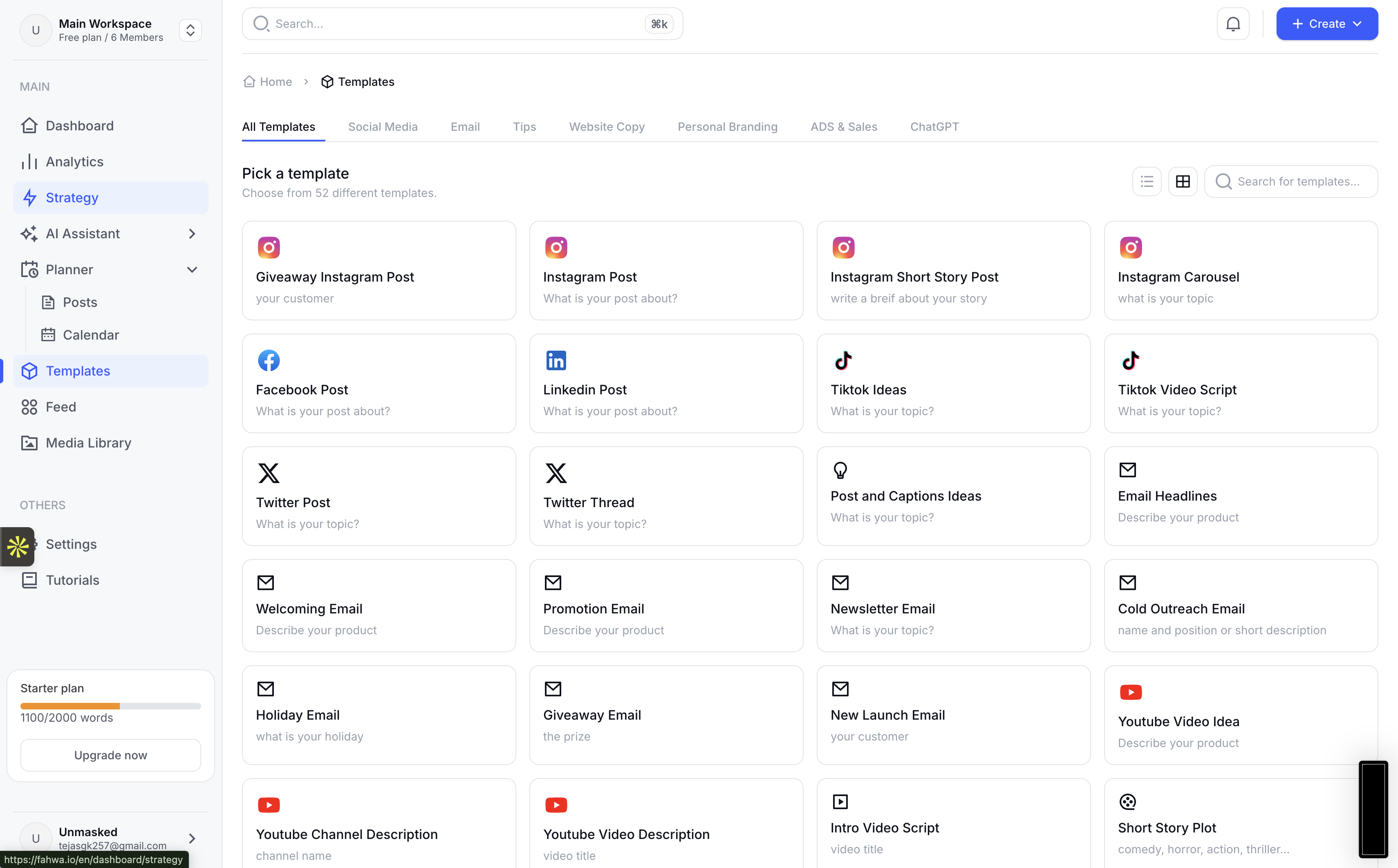
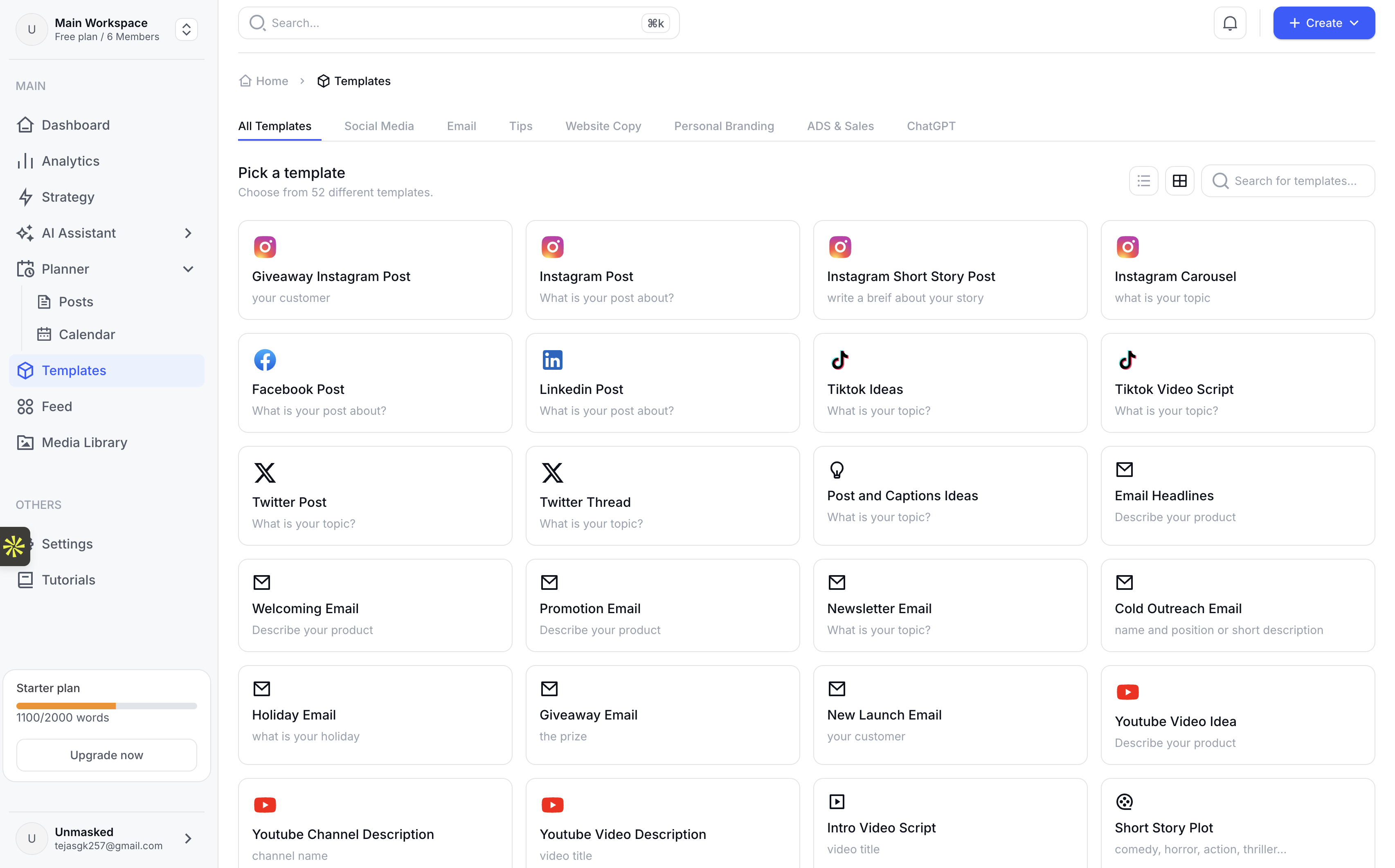
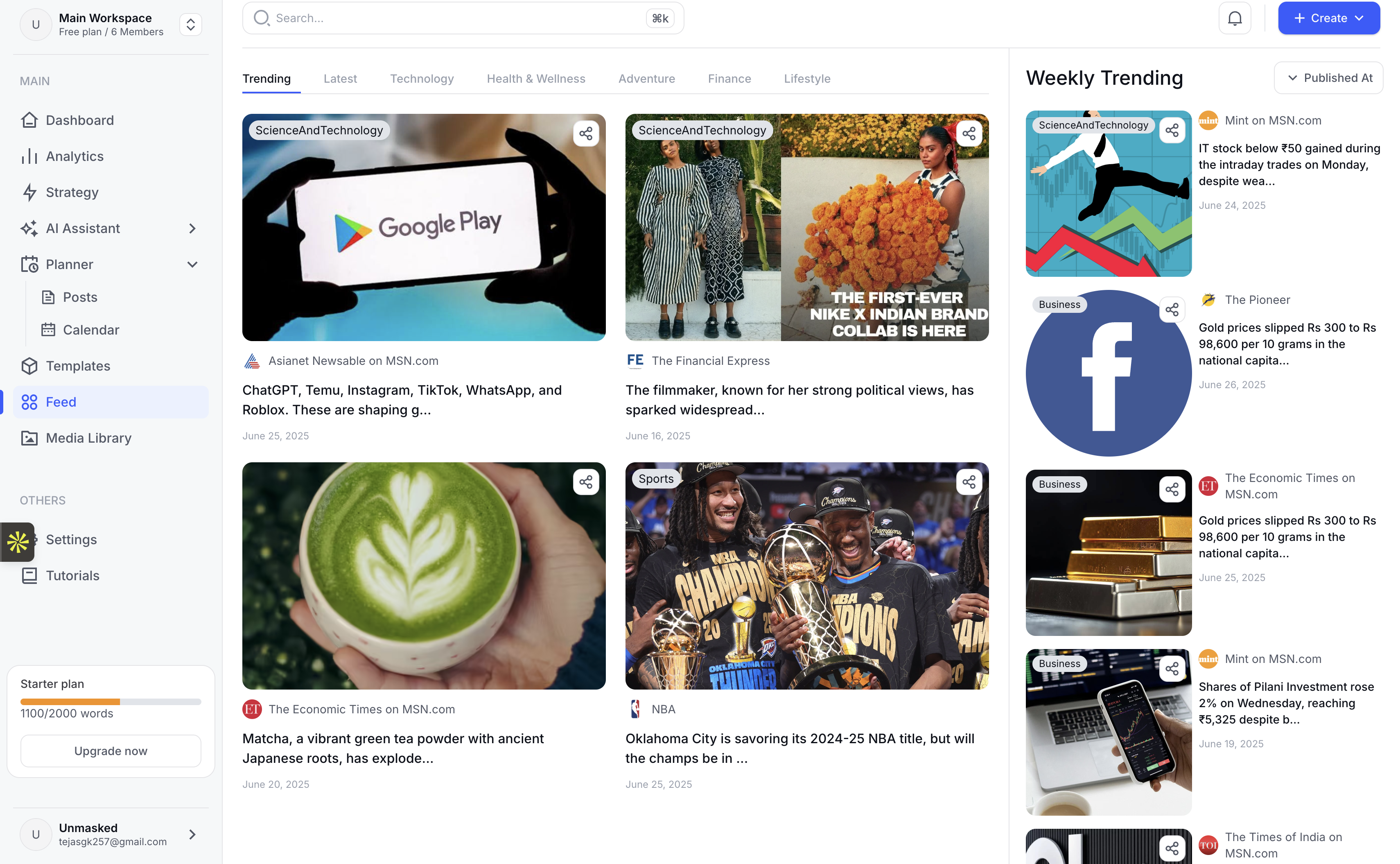
Pricing Models
Choose between our fixed pricing packages, flexible retainer model, or request a custom solution tailored to your needs. We highly recommend custom orders for unique or large-scale projects.
Basic Package
Perfect for small projects with clear requirements
- Up to 5 pages/screens
- 2 rounds of revisions
- 2-3 week delivery
- Basic support
- Priority support
- Rush delivery
Standard Package
Ideal for medium-sized projects
- Up to 15 pages/screens
- 3 rounds of revisions
- 1-2 week delivery
- Priority support
- Advanced integrations
- Rush delivery available
Premium Package
For complex projects with premium service
- Unlimited pages/screens
- Unlimited revisions
- 1 week delivery
- 24/7 priority support
- Custom integrations
- Rush delivery included
Need something different?
We tailor solutions for complex projects.

